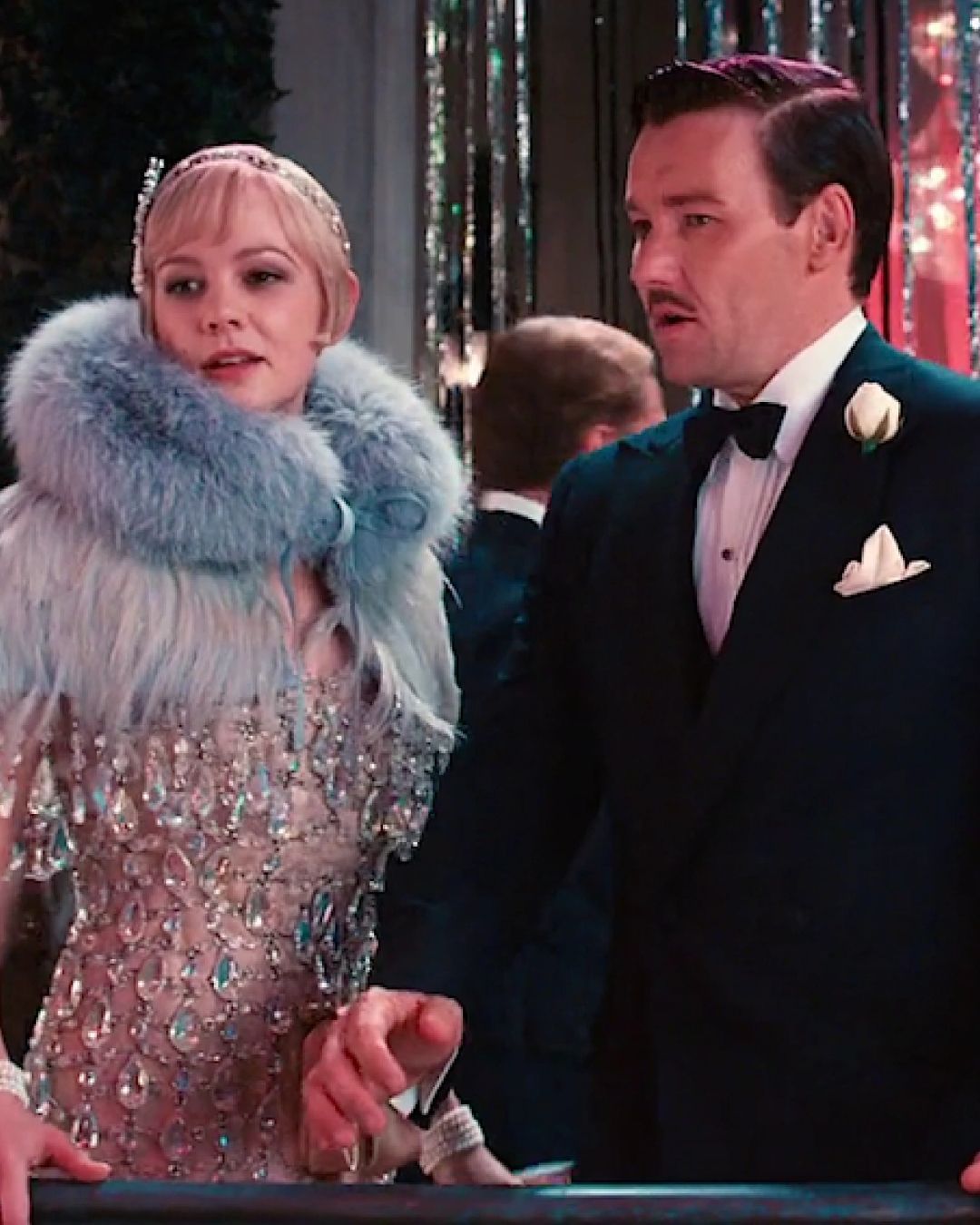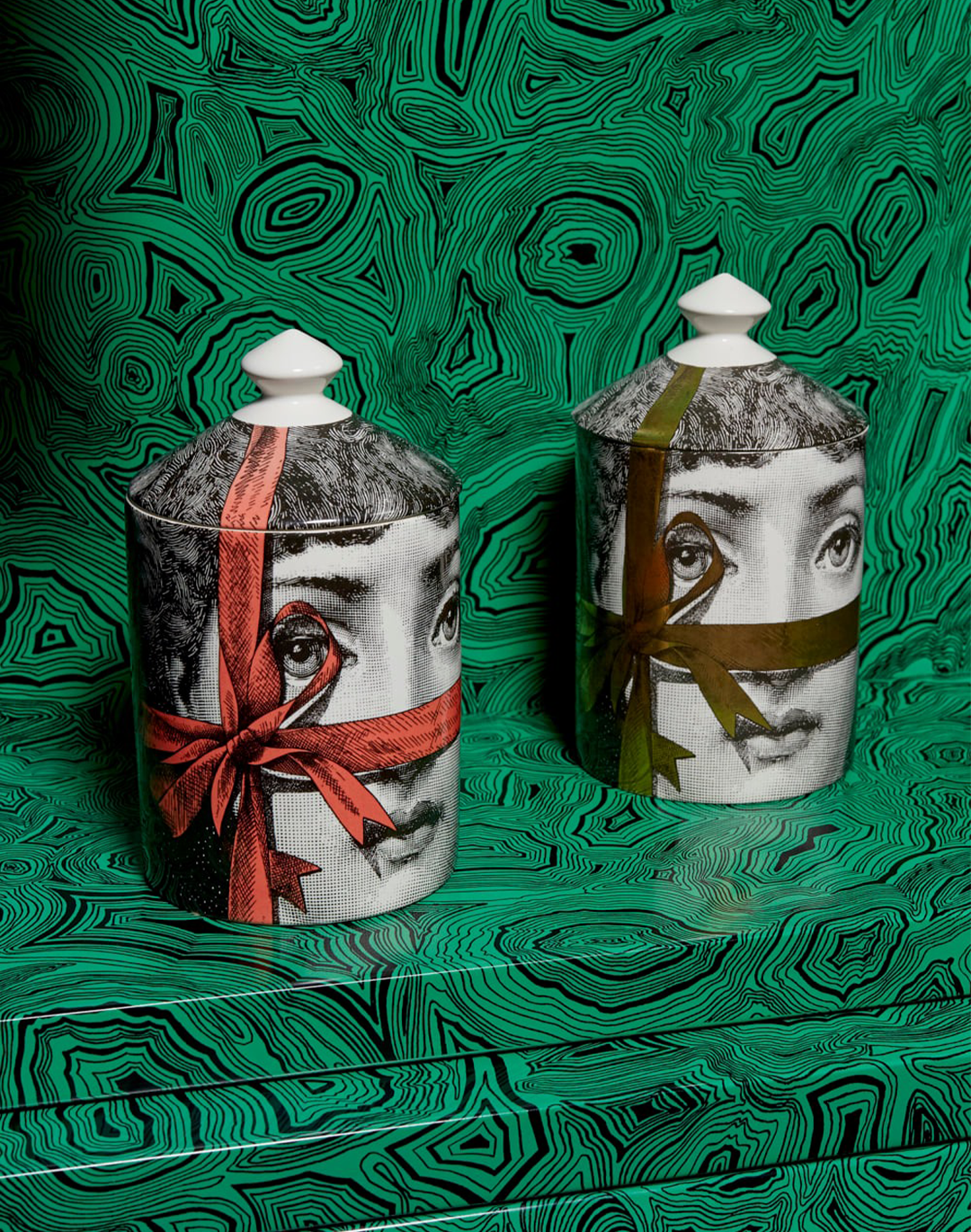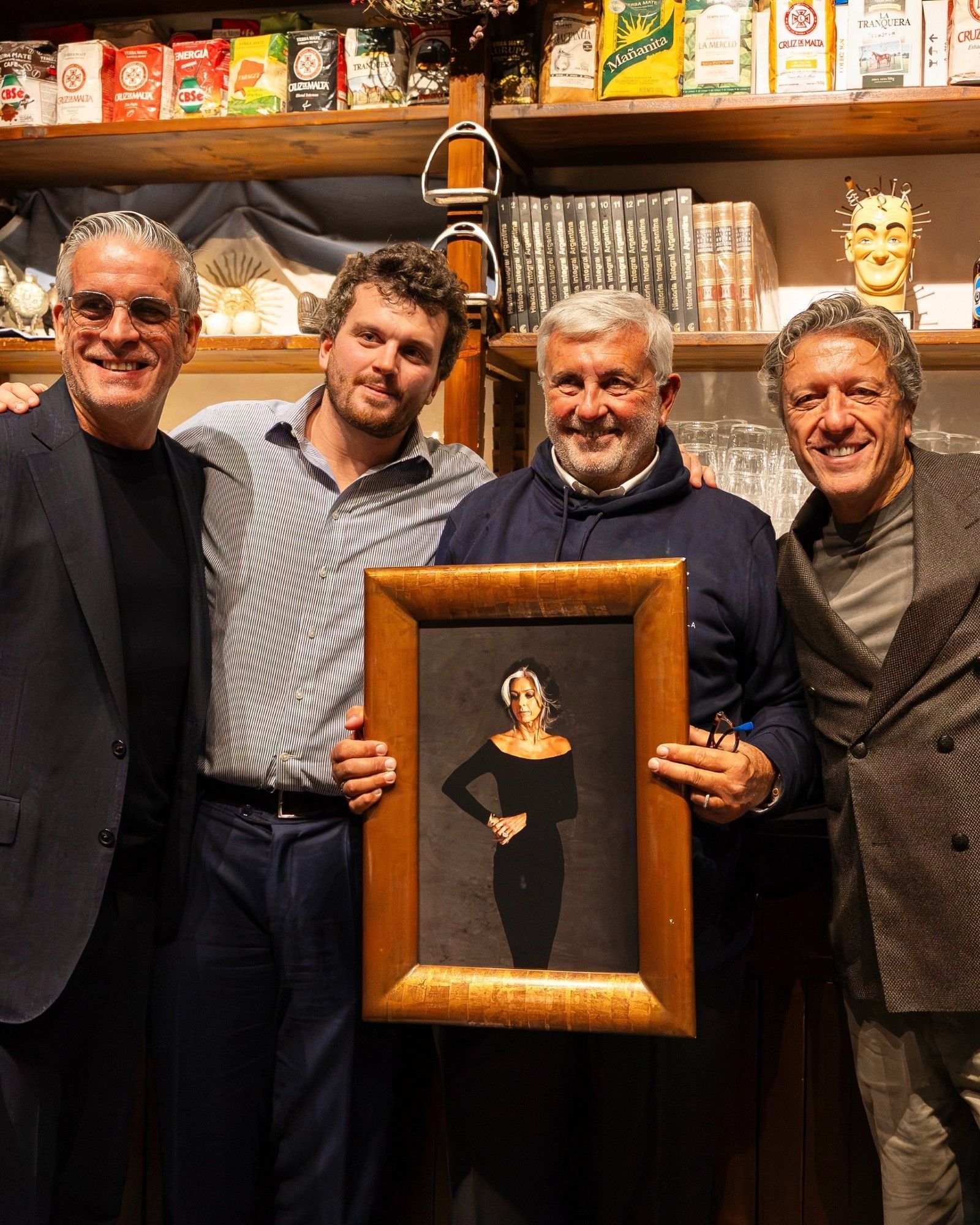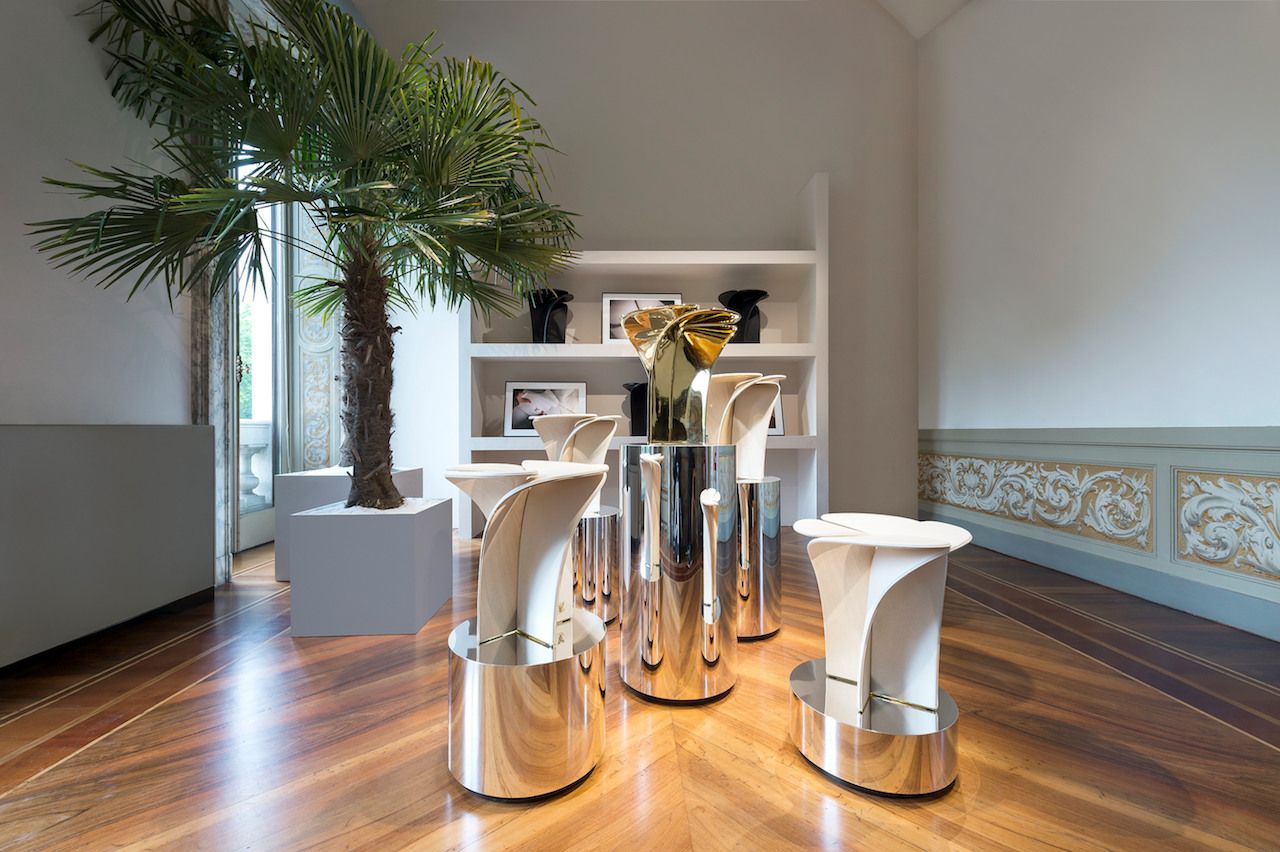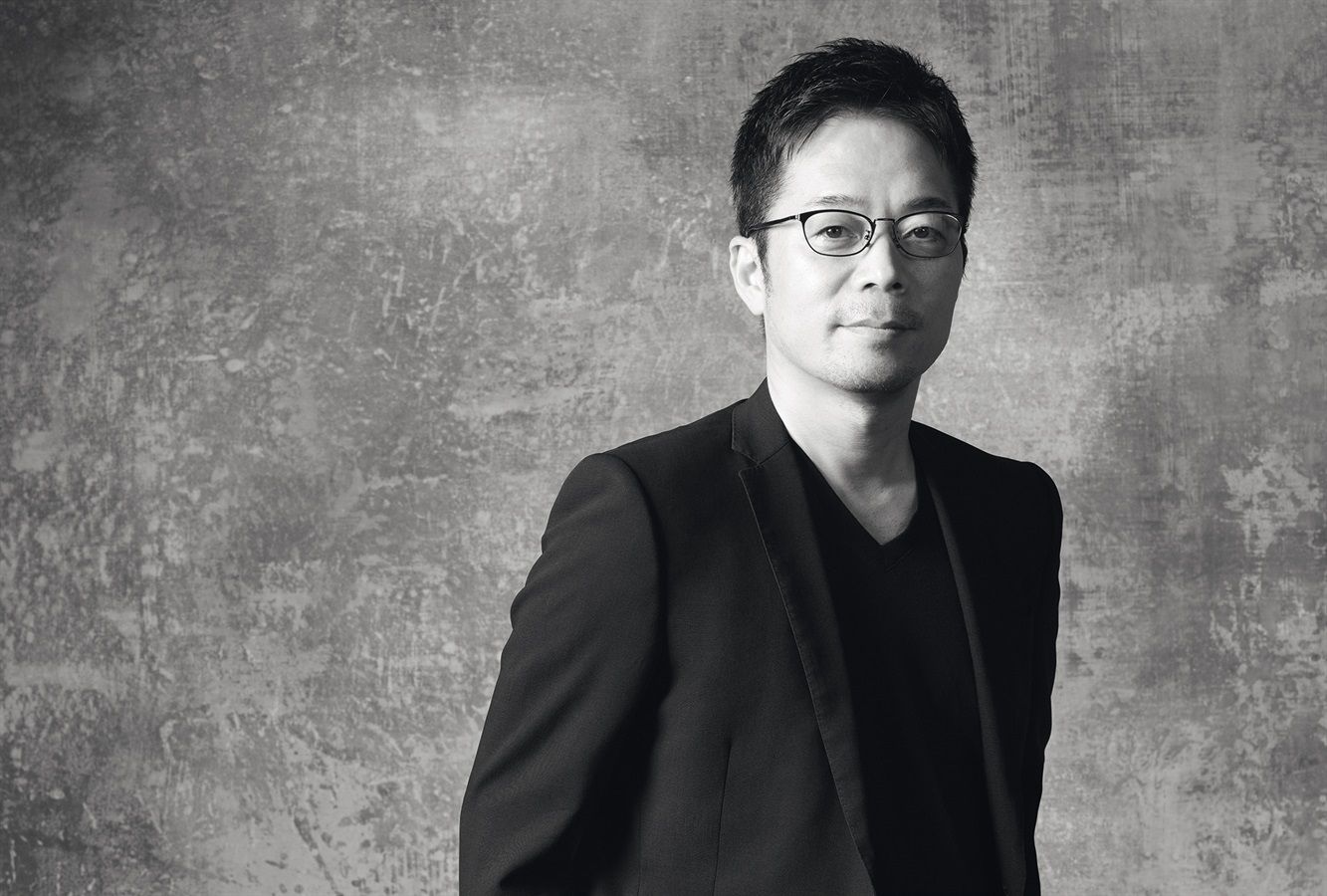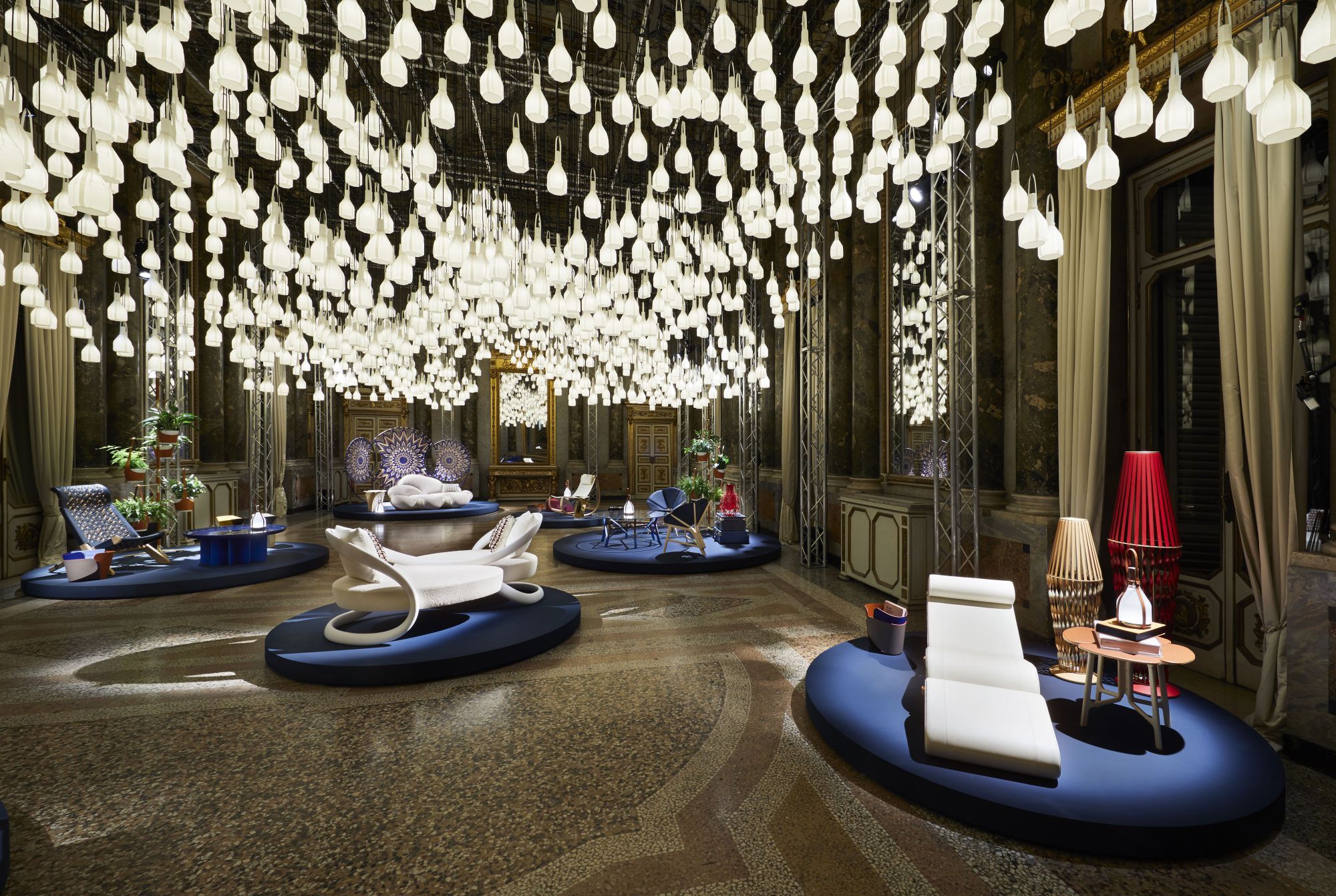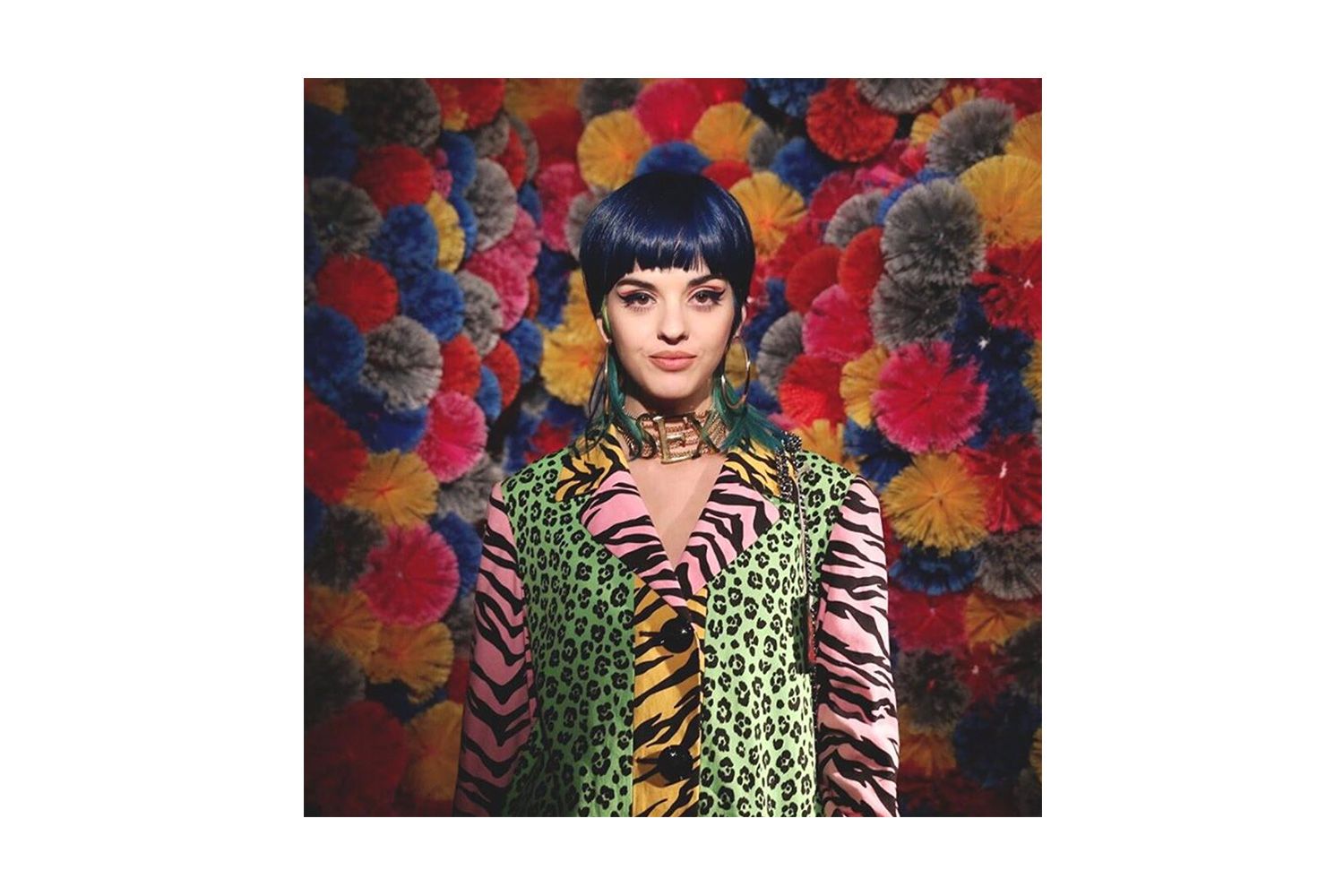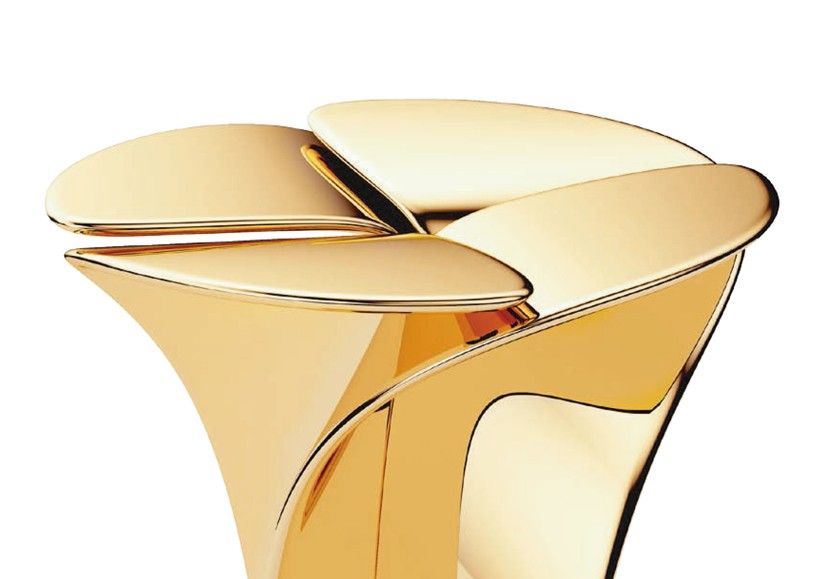
Louis Vuitton Objets Nomades - Interview with Tokujin Yoshioka The Japanese designer reinterpreted the spirit of contemporary nomadism with Blossom Stool
Creativity, functionality ed innovation have driven Louis Vuitton for more than 160 years. The Maison has always anticipated fashion and kept pace with evolving lifestyle.
This tradition to pioneering continues with Objets Nomades an ever-expanding collection of limited edition collectible furniture, both inspired by the Maison’s historic Art of Travel and a reinterpretation of its essential ethos, through a continue collaboration with some of the most well-known international designers.
Since its creation in 2012, the Objets Nomades collection is in constant growth and this year it welcomes ten new Objects and two new designers. We interview Tokujin Yoshioka on the occasion of his first collaboration for Louis Vuitton Objets Nomades: Blossom Stool.
#1 This is your first collaboration with Louis Vuitton, how do you feel about it?
Louis Vuitton has a long tradition of technical research and expression through design, and I must say that for me is a great honor to be invited to participate in this project.
#2 The inspiration for Blossom Stool can be guessed from its name but how have you brought this back to the idea of nomadism?
Blossom Stool is inspired by the iconic Louis Vuitton monogram of petals. For me, the symbolic meaning behind and inside objects is an important feature which I feel very attached to, and Blossom Stool wants homage the attention to technical details of the Maison with its structure: its representation of a flower symbolizes a journey, the journey of life structured according to the concept of "nomadism" ...
#3 Your works are often perceived between pieces of art and installations, how would you classify Blossom Stool?
It is a proposal for the future.
The product, as well as its concept, are extremely actual and in a sense, it is a both a work of art, an installation and design; the important thing for me is to establish a connection, a conversation with nature. That's also why I have chosen to represent a particular moment in the history of a natural element, the flowering. This is something extremely important, universal.


